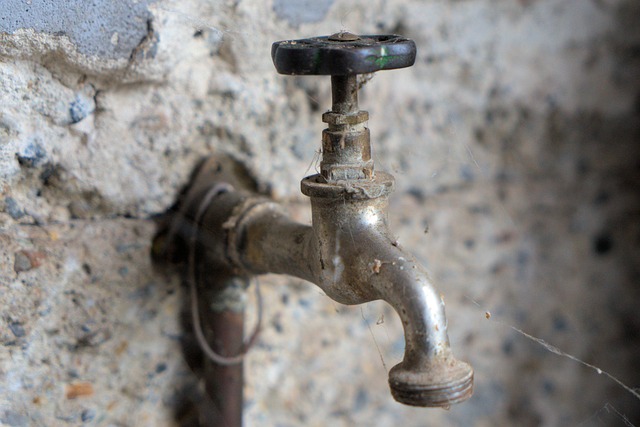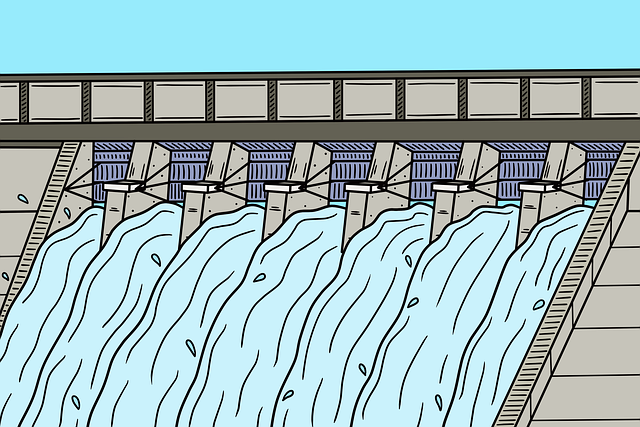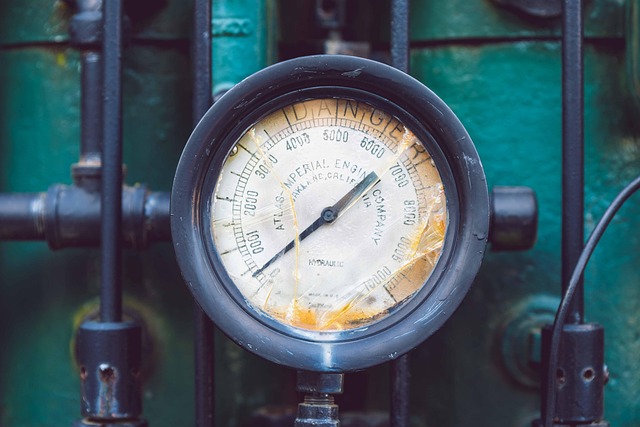If unexplained wet spots appear in your yard or water bills surge unexpectedly, it could signal hidden plumbing problems. Look for persistent leaks from faulty pipes, water pressure fluctuations, and mysterious drain clogs. Unusual odors, mold, or mildew growth may indicate bacterial contamination or moisture issues stemming from plumbing faults. A professional plumber can identify these signs, use specialized tools to detect issues like leaks, clear blockages, and assess water pressure, helping you prevent yard damage, higher bills, and structural complications.
Are mysterious wet spots appearing in your yard? Don’t ignore them! These spots could signal hidden plumbing issues causing persistent leaks or water damage. As a professional plumber, we know the subtle signs to look for—from visual cues like mold growth and uneven grass to unexplained water pressure imbalances. Our guide helps you identify common plumbing problems, uncover hidden dangers like drain clogs and water damage, and recognize unusual odors that might indicate deeper issues. Learn when regular maintenance is sufficient and when professional assistance is necessary to keep your yard healthy and dry.
- Identifying Potential Plumbing Issues
- – Common signs of plumbing problems in yards
- – Differentiating between natural causes and hidden leaks
- Professional Plumber's Toolkit: Signs to Look For
- – Visual cues for persistent leaks
Identifying Potential Plumbing Issues

If unexplained wet spots have emerged in your yard, it might be an indication of underlying plumbing issues. A professional plumber often looks for specific signs to diagnose problems, such as persistent leaks, which can stem from faulty pipes or fittings. Water pressure fluctuations and mysterious drain clogs are also red flags that warrant attention. Unusual odors wafting from drains or fixtures could suggest bacterial growth or other plumbing-related problems.
Beyond these common culprits, a professional plumber will assess for more subtle signs. For instance, an increase in water bills without apparent reasons or dampness near pipes and appliances could point to leaks. Furthermore, mold or mildew growth in basements or crawl spaces may indicate persistent moisture issues stemming from plumbing problems.
– Common signs of plumbing problems in yards

If you’ve noticed unexplained wet spots in your yard, it could be indicative of underlying plumbing problems that require immediate attention. A professional plumber often identifies several common signs during their inspection. Persistent leaks, for instance, can cause soft, mushy spots in grass and soil, leading to uneven terrain. These leaks might result from faulty pipes, damaged valves, or broken fittings, especially if they are hidden beneath the ground.
Additionally, water pressure issues can manifest as either weak spray patterns from sprinklers or sudden gushes of water from hoses. Drain clogs are another red flag; if water is pooling up instead of draining away, it could signal a blockage in your drainage system. Unusual odors, often described as sour or sulfurous, coming from the soil or standing water are also strong indicators of plumbing problems and may suggest the presence of bacteria or other contaminants in your yard’s underground network of pipes.
– Differentiating between natural causes and hidden leaks

Unexplained wet spots in your yard could be caused by a variety of factors, and differentiating between natural causes and hidden leaks is crucial. Many times, these spots are simply the result of normal drainage patterns, especially if they occur near downspouts or after heavy rainfall. However, persistent leaks beneath the surface can indicate plumbing issues that require immediate attention from a professional plumber. Signs like sudden changes in water pressure, recurring drain clogs, or unusual odors could point to hidden leaks within your yard’s pipes or fixtures.
Professional plumbers use specialized tools and knowledge to pinpoint these issues. They look for signs of corrosion, cracks in pipes, or faulty fittings that might be causing persistent leaks. By contrast, natural causes like tree roots infiltrating pipes or surface water runoff can also create wet spots but typically present different patterns and may not require immediate plumbing intervention, unless they indicate a more significant problem beneath the surface.
Professional Plumber's Toolkit: Signs to Look For

If you suspect there might be unexplained wet spots in your yard, it’s crucial to know the signs that indicate potential plumbing issues. A professional plumber will often begin their diagnosis by checking for obvious indicators like persistent leaks, which could point to faulty pipes or fittings. Water pressure fluctuations are another red flag; either too much or too little pressure can suggest problems with main lines or pressure regulators.
Furthermore, pay attention to unusual odors coming from drains or areas around your yard. This might be a sign of a drain clog, bacterial growth, or other plumbing-related problems. A skilled plumber’s toolkit is equipped to handle these situations, including tools for detecting and resolving leaks, clearing blockages, and assessing water pressure. They’ll also take note of any visible signs like mold or mildew, which often indicate water infiltration from leaks.
– Visual cues for persistent leaks

If you’re noticing unexplained wet spots in your yard, it’s crucial to investigate for signs of persistent leaks. A professional plumber can help identify subtle visual cues, such as green or brown patches on your lawn indicating prolonged moisture, or uneven soil conditions revealing buried pipes. These professional plumber signs suggest underlying plumbing issues that may be causing constant water loss, potentially due to poor water pressure or drain clogs.
Moreover, pay attention to unusual odors wafting through the air near the affected areas. Plumbing problems often emit distinct smells, ranging from sulfurous to rancid, indicating bacterial growth or gas leaks. Persistent leaks can lead to not only yard damage but also higher water bills and potential structural issues. Therefore, addressing these signs early is essential to prevent further complications.














